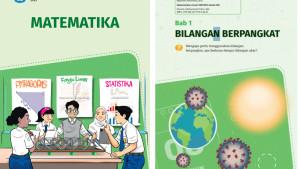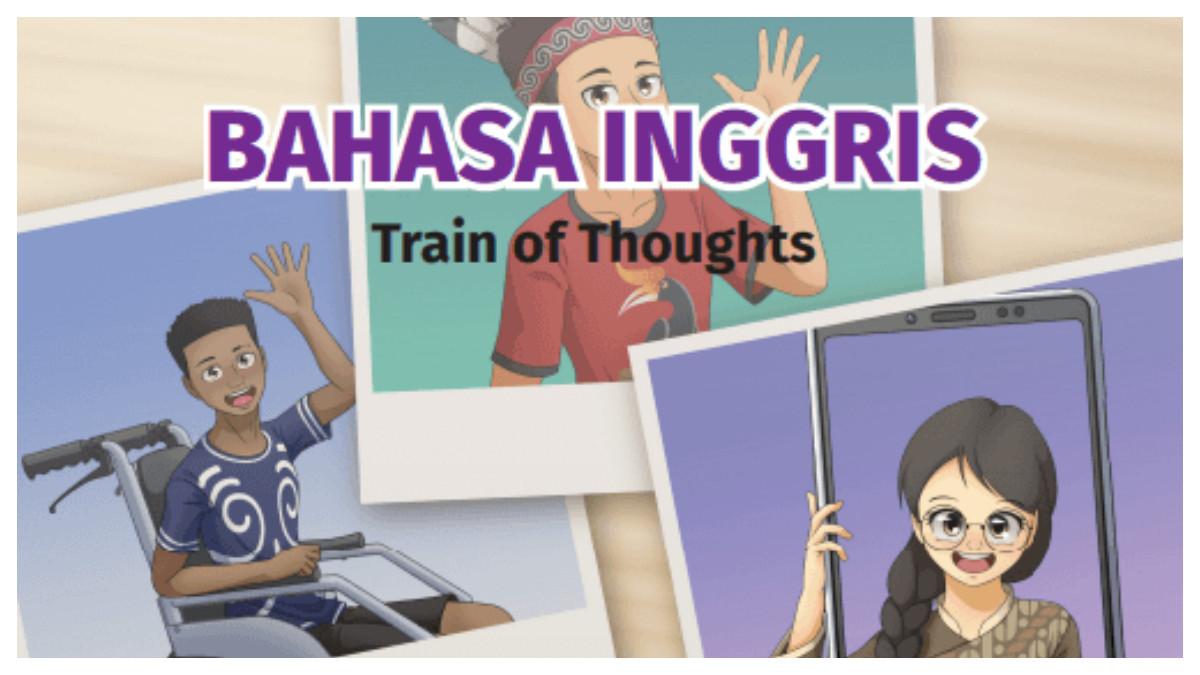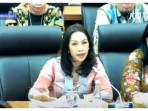Kunci Jawaban
Kunci Jawaban Mata Pelajaran Bahasa Inggris Kelas 12 SMA/MA Bab 5 Halaman 156 Activity B.9
Berikut ini kunci jawaban pelajaran Bahasa Inggris kelas 12 SMA/MA bab 5 halaman 156, tentang Future Method of Payment.
Penulis: Magang TribunWow
Editor: Lailatun Niqmah
TRIBUNWOW.COM - Berikut ini kunci jawaban pelajaran Bahasa Inggris kelas 12 SMA/MA bab 5 halaman 156, tentang, Future Method of Payment, soal bacaan dan pilihan ganda.
Buku ini telah diterbitkan oleh Penerbit Pusat Perbukuan dengan nomor ISBN 978-602-427-961-5.
Adapun penulis buku ini ialah Sunengsih, Trisnendri Syahrizal, Maya Defianty, Winda Ari Anggraini, Gema August Setiawan,Dadan.
Sebelum membaca artikel ini, siswa harus mengerjakan soala secara mandiri terlebih dahulu.
Kunci jawaban dapat digunakan untuk membantu orang tua dalam mengoreksi hasil kerja anak.
Baca juga: Kunci Jawaban Mata Pelajaran Geografi Kelas 11 SMA/MA Bab 1 Halaman 57 Soal Nomor 1-5
Activity B.7 read the text carefully
Shall Financial Literacy Be Taught at School?
Have you ever heard of the term financial literacy? It is the ability to apply knowledge and skills to successfully manage financial resources,
preferably for lifetime financial well-being.
In fact, it is something that most people need to work on a daily basis, and is an important component of our ongoing education
The presence of online transactions may trigger people to spend money easily.
In addition, the offer of saving accounts, student loans, mortgages, health insurance, and investment have all become increasingly important.
Inserting financial literacy as a part of the school curriculum will teach students effective financial management.
Whether it is taught as a mandatory or additional subject, it ought to contain sufficient material for students to cover the basics to help them understand
how to manage their monthly budgeting and prepare for their future financial planning.
Early enrollment in a financial literacy course gives students the most opportunity to put their knowledge to use.
While still in high school, many students who study financial literacy put what they learn into practice straight away.
By learning from theory and practical tasks given by the teachers, they might avoid poor spending decisions which lead to unpaid debts, poor credits,
housing or vehicle foreclosure, and even bankruptcy.
They develop positive behaviors that eventually spread to their families, friends, and communities.
Likewise, critics argue that teaching financial literacy in the classroom is unrealistic and ineffective.
The school curriculum has been already overflowing with required subjects therefore it could be challenging to fit in an additional subject.
Furthermore, teachers will be required to learn about this subject while in fact perhaps teachers are even financially illiterate themselves to deliver about
this.
Considering it might influence future financial safety, the experts in this field need to assign specifically what requires essential changes in the structure of the current curriculum.
On the other hand, others believe that the knowledge about managing money is the responsibility of parents at home, not school.
Parents can teach their kids starting from daily pocket money and monthly budget.
Living in this era in which financial products and services have been more widely available in society, the necessity of managing money is inevitably urgent.
Unlike previous generations, who may have purchased items primarily with cash, today’s consumers have more options of payments to use credit or debit cards, as well as electronic transfers.
As a result, having the knowledge of financial literacy will improve the awareness in making decisions of choosing types of financial products that fit their budget.
Therefore, it is suggested that students ought to learn and improve their financial literacy whether it is pursued formally at school or simply learned
from their parents.
Baca juga: Kunci Jawaban Sosiologi Kelas 11 SMA/MA Bab 3 Halaman 176 Edisi Revisi Uji Pengetahuan Akhir
Activity B.9
Reread the text in the activity B.7 then answer the following questions.
1. The text mainly tells us about …
a. The importance of teaching financial literacy.
b. Negative effects of lacking financial literacy.
c. Financial literacy for lifetime financial well-being.
d. Whether to teach financial literacy at school or not.
e. Types of financial products offered in the modern era.
Jawaban: D
2. What is the purpose of the text?
a. To provide detailed information about financial literacy.
b. To describe the importance of becoming financially literate.
c. To present different arguments on teaching financial literacy at school
d. To evaluate the pros and cons of knowing about financial products.
e. To retell related information regarding financial management issues.
Jawaban: C
3. People who apply better financial management tend to spend money …
a. wisely.
b. lavishly.
c. plentifully.
d. recklessly.
e. generously.
Jawaban: A
4. Andi plans to continue his doctoral degree in a prestigious university.
He has already received a partial scholarship but he still needs money to cover other needs.
What type of financial product does Andi need?
a. Health insurance.
b. Saving account.
c. Student loan.
d. Investment.
e. Mortgage.
Jawaban: C
5. “Not knowing how to manage money can lead to financial instability.”
(Paragraph 3) The underlined word means …
a. uncertainty.
b. problems.
c. stability.
d. concern.
e. risk
Jawaban: A
(TribunWow.com/Peserta Magang dari Politeknik Indonusa/Ferra Feby)
Sumber: TribunWow.com
| Kunci Jawaban Matematika, Kelas 8 SMP/MTS: Ayo Berlatih Halaman 10, Kurikulum Merdeka |

|
|---|
| Kunci Jawaban Ilmu Pengetahuan Sosial Kelas 7 SMP Tema IV SMP/MTs Halaman 222 Edisi Revisi |

|
|---|
| Kunci Jawaban PAI dan Budi Pekerti Kelas 8 SMP/MTs Bab 8 Kurikulum Merdeka Halaman 212 |

|
|---|
| Kunci Jawaban Sosiologi Kelas 11 SMA/MA Bab 3 Halaman 176 Edisi Revisi Uji Pengetahuan Akhir |

|
|---|
| Kunci Jawaban Pendidikan Jasmani, Olahraga dan Kesehatan Kelas 7 SMP/MTs Bab 4 Halaman 123 |

|
|---|





